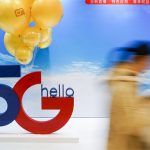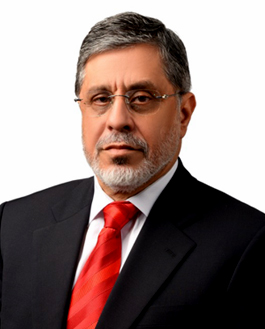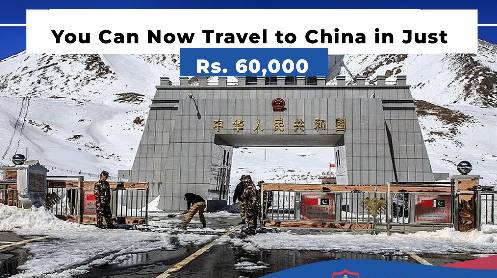The hype for the next-generation of mobile technology has been in full force since Qualcomm declared “5G is here, and it’s time to celebrate” in February of last year.
The reality, however, has required patience from consumers because of the time needed to roll out the new networks and the dearth of applications to put additional speed to compelling use.
A year after South Korea launched the world’s first full commercial 5G mobile network and months after China opened the world’s biggest, Bloomberg News reporters tested the leading carriers in both countries to see how far 5G coverage has progressed.
Tests in Hong Kong and Tokyo showed similar results – gaps in coverage that could leave most early adopters waiting for networks to reach full speed.
Smartphone makers have swept in with a flood of 5G devices this year, with Samsung Electronics, Huawei Technologies and Xiaomi Corp all pushing the new technology without asking for much higher prices or design compromises. Millions of 5G smartphones have already been sold, and for the billions of people not yet on the bandwagon, the new wireless standard will soon be the default option anyway.
Carriers are not moving quite as fast. They are investing billions of dollars to set up and expand their 5G infrastructure, but the technical design of this new standard demands high network density to provide the advertised stratospheric speeds.
Once they have enough 5G base stations in place, they aim to recoup the initial costs by offering more bandwidth-hungry add-ons, such as Nvidia’s GeForce Now game-streaming service, which telecommunications operator SoftBank Corp launched in Japan on June 10.
Where it is available, even without hitting its maximum theoretical speeds, 5G is an impressive upgrade for most consumer applications. For example, at 1 gigabit per second, a user could download a nine-hour audiobook in less than 1 second, according to Fastmetrics, a US-based internet service provider. Even at a tenth of that speed, 100 megabits per second, a 45-minute television show takes only 16 seconds, Fastmetrics estimated.
Telecoms carriers in North America, Europe and Australia have also set up 5G, with so far underwhelming results for consumers.
In March tests conducted by RootMetrics in the US, the choice appeared to be between fast speed with negligible availability – Verizon Wireless recorded a max speed of 846 megabits per second with 3.1 per cent availability in Chicago – or wider availability without much of a speed bump – T-Mobile US covered 57 per cent of Washington, but at a less impressive 148Mbps.
While 5G uptake has been incremental, companies that make parts for smartphones are betting on a wave of upgrades to drive smartphone demand and help spur economies from Taiwan to South Korea.
To test download speeds and coverage, Bloomberg sent four reporters out into Seoul, Beijing, Tokyo and Hong Kong with 5G smartphones and speed-measuring apps. Here is what those tests showed:

A 5G-powered autonomous robot, centre, from SK Telecom and Omron Electronics Korea Co, used for screening and body temperature checks, is seen during a demonstration event at the mobile network operator’s headquarters in Seoul, South Korea, on May 26. Photo: EPA-EFE
Seoul
KT, the No 2 South Korean carrier, has improved 5G mobile service since the commercial debut in April 2019, though it still lacks the high-frequency airwaves necessary to reach top download speeds in the range of 20Gbps. SK Telecom, the country’s largest telecoms carrier, achieves a download speed of 1.5Gbps inside its headquarters, which drops to 1Gbps in the same building’s lobby.
KT’s average 5G data speed ranges between 800Mbps to 1Gbps, the company said in an email. “It is hard to simply compare data speeds in South Korea, which has nationwide services, with other countries that only have test services or have services in a few cities,” the company said.

5G base stations with logos of China Mobile and Huawei Technologies are seen in February of last year. Photo: Reuters
Beijing
In Beijing, tests using a Huawei P40 Pro phone showed 5G mobile service was consistent enough to play high-definition (1080p) video while riding in a car. There was no 5G signal inside the subway and the shopping centre in Guomao, where luxury brands from Tiffany to Vacheron Constantin are sold. Most of the Zhongnanhai district, home of the central government, has no 5G coverage, according to a map provided by China Mobile.A China Mobile representative in Beijing emailed a video showing download speed exceeding 1.1Gbps at Beijing Daxing International Airport. The representative had no further comment.
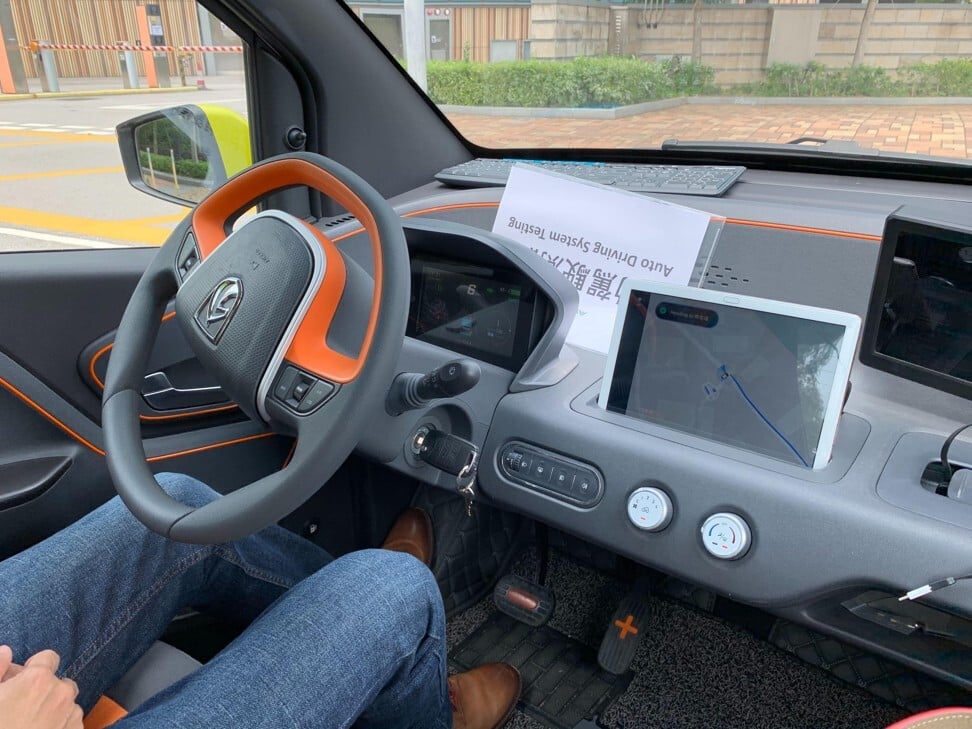
A look inside an autonomous driving vehicle being used in an ongoing joint 5G trial by the Hong Kong Applied Science and Technology Research Institute and China Mobile Hong Kong. Photo: Iris Deng
Hong Kong
Tests using a Huawei P40 Pro showed streaming of high-resolution 4K video was smooth outdoors even in a moving vehicle. The fastest download speed was recorded in the flagship store of China Mobile Hong Kong in the city’s Central business district.
The carrier expects its 5G mobile network to “penetrate deeply” in Hong Kong, according to Alex Cheng, China Mobile Hong Kong’s principal engineer, said in an email.
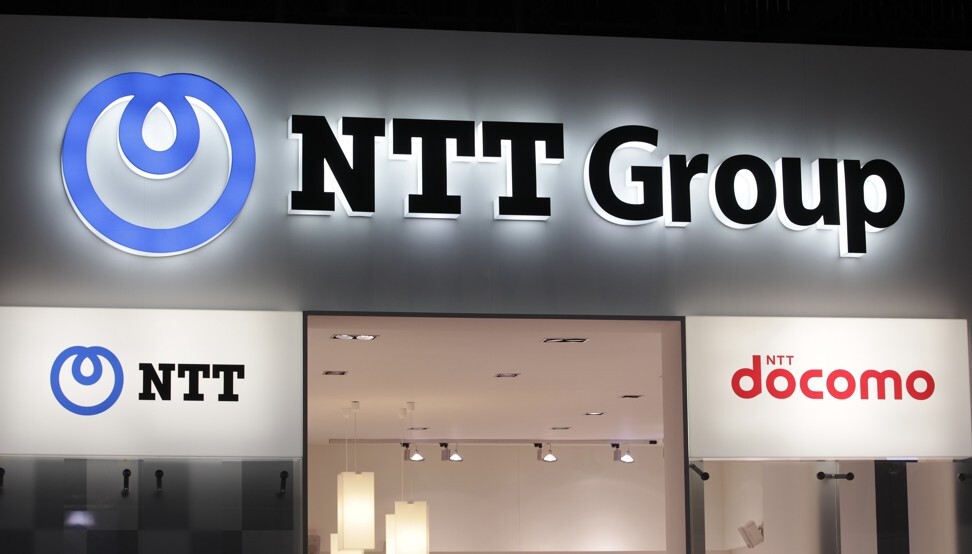
NTT Docomo, Japan’s largest mobile network operator, is a subsidiary of Japanese telecommunications company Nippon Telegraph and Telephone Corp. Photo: Reuters
Tokyo
At two locations in the city, the 5G signal was strong inside the NTT Docomo shop but became unstable a short distance away from it, using a Samsung Galaxy S20 smartphone and Netflix’s speed test app. Both of Tokyo’s main airports, two Olympics facilities and Tokyo Sky Tree are among the covered spots. Two more waves of 5G network expansion are planned by the end of July and end of October, the carrier said.


